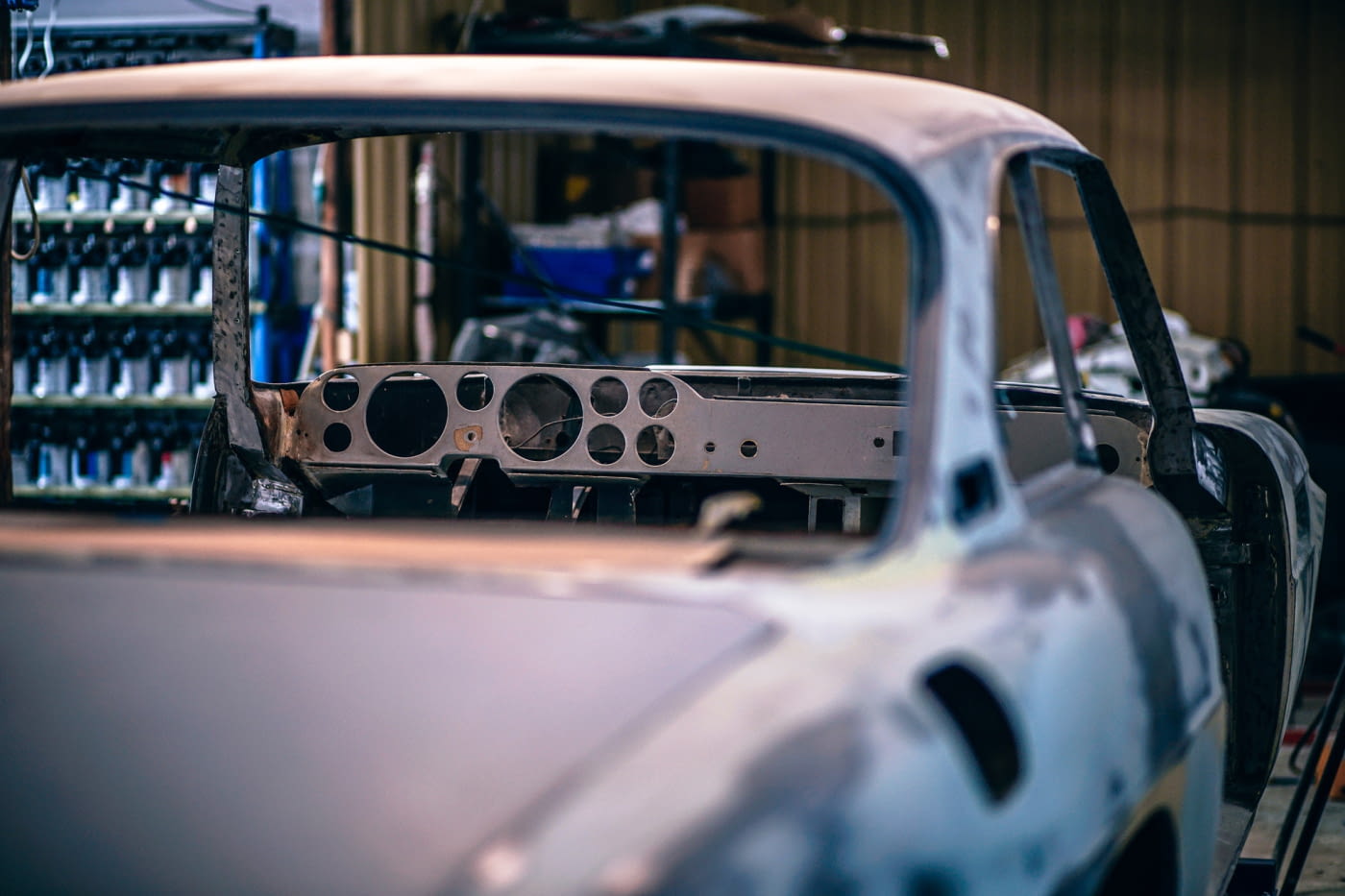 Materials to be processed correspond to reject streams of automotive shredders of ELVs (after the dismantling and depollution phases) and post-shredder treatment (PST) rejects. These rejects are usually named as After-Shredder Residues (ASR) or Fluff.
Materials to be processed correspond to reject streams of automotive shredders of ELVs (after the dismantling and depollution phases) and post-shredder treatment (PST) rejects. These rejects are usually named as After-Shredder Residues (ASR) or Fluff.
As a matter of transferability, other waste streams may be processed by the LIFE PST SORT solution, such as: municipal solid waste (MSW), industrial waste, commercial waste, construction and demolition (C&D) waste, waste of electric and electronic equipment (WEEE), incineration bottom-ashes, etc.
ASR
Automotive shredder residue (ASR) is a highly heterogeneous mixture of residual ferrous and non-ferrous metals, plastics, glass, sand and gravel, rubber, textile and fibre material, wood, a wide range of fines, etc. The exact composition and features (physical properties) of the ASR depend on the depollution operations that were previously performed on vehicles; the type of vehicles (proportion of old/new cars, trucks and their loads); the shredder input in the case that not only vehicles were shredded but white goods (WEEE) and ferrous waste/scrap; the type of shredder and the post-shredder separation processes (mainly ferrous and non-ferrous separation). The heterogeneity of the ASR stream (with varying origins, levels of contamination, ashes and moisture content) represents one of the most important challenges to design and operate the LIFE PST SORT solution, which is aimed to utilise this shredder residue in value-added applications and to consequently divert it away from landfills.


